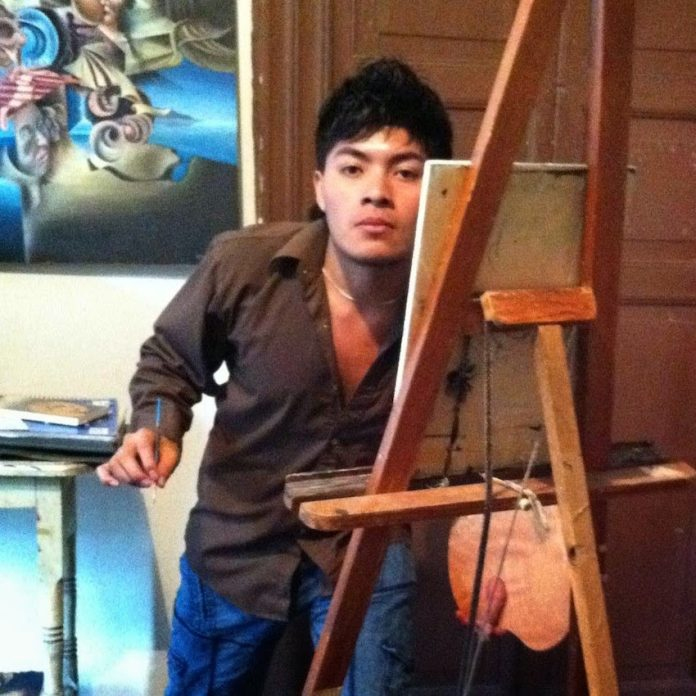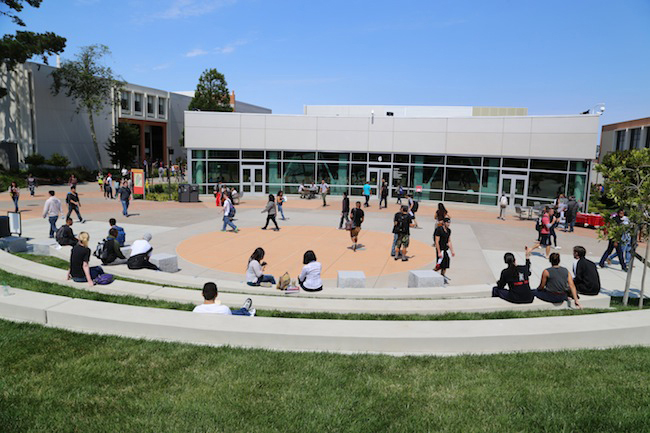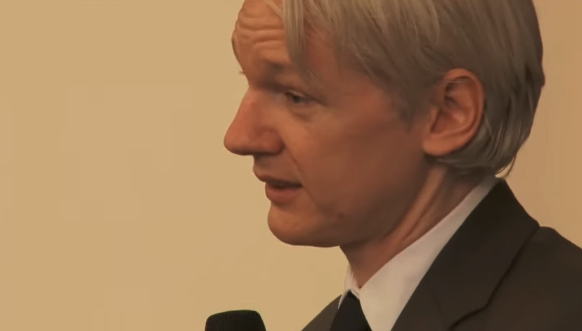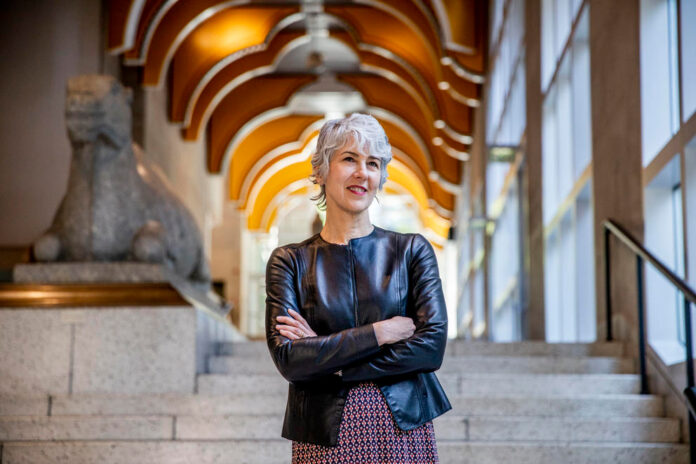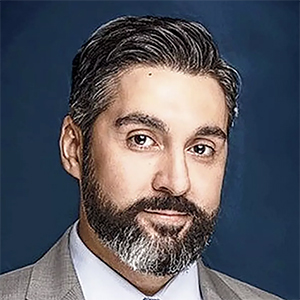Domínguez hard at work in his studio. (Jorge Domínguez Cruz)
by the El Reportero‘s news services
Vía MND
When we think of surrealist art, we think of names like Salvador Dalí, René Magritte and Max Ernst. Mexico welcomed Surrealist artists like Leonora Carrington, Alice Rahon, Wolfgang Paalen who were escaping war in Europe.
Surrealism waned in Mexico, but it never disappeared because something about it appeals to the country’s psyche. Although not “avant garde,” there are still artists here taking its precepts reworking them for their own purposes.
One such maestro is Huastec (Tenek) artist Jorge Domínguez Cruz, who combines his people’s cosmovisión, his agricultural upbringing and his own philosophical reflection to create what he calls “Indigenous surrealism.”
“I make what my heart tells me,” Domínguez says.
Through his art, Domínguez has made himself an ambassador for his people and by extension, the Huasteca in general, an ethnic/geographical region that stretches over the states of Veracruz, Tamaulipas, Puebla, Hidalgo, San Luis Potosí and Querétaro.

Such a destiny would have seemed impossible when he was a child.
Born as the second to last of eight children to peasant farmers, Domínguez comes from a long line of people who farm the land around Mata de Otate. Approximately 70 percent of the town’s 450 people live in poverty. Eighty percent are Indigenous, but it is the other 20 percent that control the politics and economy.
Most of his childhood was spent doing chores related to growing corn, beans and chili peppers, but “…painting came from deep within when I was a small child,” he says. “It was a force that I could not control, and it obliged me to draw and paint with what I could.”
Poverty alone might have been enough to hold him back, but another aspect was equally limiting.
According to Domínguez, children simply did not spend time drawing and painting in Mata de Otate. With no support at home, he hid his passion, teaching himself everything, including making his own paints from flowers and brushes with animal hair. Referring to himself as a “stubborn” child, Domínguez was determined to make art however he could, no matter what anyone else thought.
But school encouraged him, providing him with textbooks with images of western and Mexican art. Some teachers even gave him paints. By middle school, he began to enter his work in state and national competitions. Soon afterward, he dropped to join older siblings in Mexico City.
“[Here], I discovered everything I wanted: museums, galleries, libraries. It opened a new world for me, and I discovered artists such as Salvador Dalí and … I identified very much with his way of making art.”
That way of making art includes bright colors on landscapes and scenes with multiple dreamlike elements, often with recognizable elements of northern Veracruz and Huastec culture. Figures interact not as they would in the real world but in ways that reflect Domínguez’s inner world.
Although it’s not been easy, Domínguez has been fortunate to have people discover his work and support what he does. An employer helped him get works in antique shops. This did not bring in much, but a customer encouraged him to enter a work in a competition and get himself online.
This brought more invitations to exhibit, most importantly one in 2016 by a cultural promoter in Los Angeles, where Domínguez’s work was sponsored by the Mexican consulate.
“After this, so many people began to invite me to exhibit in other countries, and … my works have reached places I would have never imagined,” says Domínguez.
Those places include Canada, the U.S., Europe and Cuba. Currently, Domínguez is negotiating for a commission to paint a mural at the Texas State Fairgrounds and an exhibition at the fair.
However, national newspaper La Jornada accuses Mexico of ignoring the artist while he “triumphs” abroad, as he has been all but ignored in his own country. Domínguez wonders if it is because he is Indigenous, but I’d venture to say that the art market in Mexico City is not particularly friendly to older art styles.
But things might just be changing. One example: he received support from noted television personality Jacaranda Domínguez on her show “Debate 22,” normally reserved for political topics.
Also, the Pedro and Ana Hernández Foundation (which manages the surreal Edward James Gardens) has also taken a keen interest in the artist’s career. Spokesperson Joe Ricaud says the art is one way to raise awareness of ecological and cultural issues in northern Veracruz, a region they have strong interest in.
Although he uses imagery from his native land, Domínguez believes that his art transcends that.
“In my works, there are landscapes, scenes from everyday life in the communities, but there are universal themes [too]. My intention is to communicate, share sentiment, thought, passion and creativity.”
It certainly provides an accessible window to the Huastec world for those of us on the outside.
After 18 years of living in Mexico, in 2016, Domínguez decided to move back to Mata de Otate, not only to paint but to try and make life better there. He has become both a cultural promoter and political activist, trying to change a power structure that has been in place for many generations.
It is not easy, not only because the 20% do not want to give up their privileges but also because the Indigenous residents are fractured and infighting is not uncommon, he says.
This does not deter Domínguez.
“I have a responsibility to my community to help it develop keeping the essence of who we are,” he says.
He has made one positive impact: his success has made his town and his family see art in a new light, and children are freer to draw and paint outside of school.
Domínguez remains optimistic, not only that “Indigenous surrealism” will make waves in Mexico but also that “[with] art you can make a change, you can transform, you can make prosperity.”
Leigh Thelmadatter arrived in Mexico over 20 years ago and fell in love with the land and the culture in particular its handcrafts and art. She is the author of Mexican Cartonería: Paper, Paste and Fiesta (Schiffer 2019). Her culture column appears regularly on Mexico News Daily.

